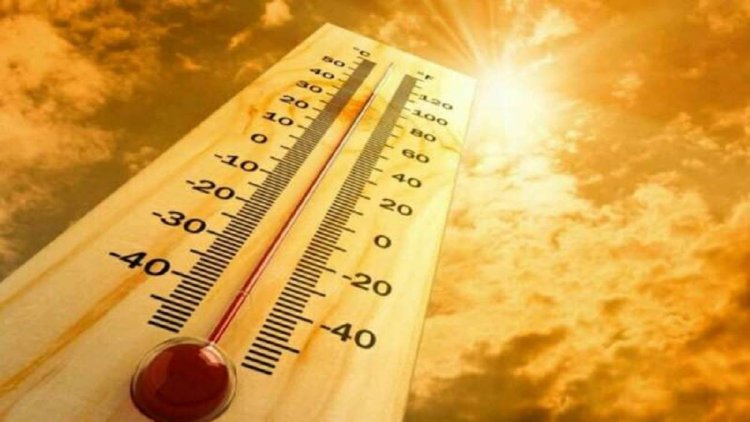Heat Wave in US: America will be in the grip of severe heat by 2053, crores of people will be affected- report
Heat Wave in US By 2053, half the region in the United States will be hit by extreme heat. Millions of people will be affected by this. This has come to the fore in a report. Talking about now, the temperature here reaches 125 degrees Fahrenheit in a day.

Extreme Heat Belt: The coming years will be extremely hot in the United States. Talking about now, the temperature here reaches 125 degrees Fahrenheit i.e. 52 degrees Celsius in a day. According to a report, by 2053 half the area in America will be in the grip of severe heat. This will affect more than 100 million people.
A research has been done by the non-profit First Street Foundation. The research used a peer-reviewed model built with public and third party data to estimate heat exposure at a hyperlocal scale of 30 square metres.
The mission of the First Street Foundation is to make climate risk modeling accessible to the public, government and industry representatives, such as real estate investors and insurers.
107 million people will be affected
An important finding of the research is that heat beyond the National Weather Service's highest-rated limit, called 'extreme danger', or heat above 125 degrees Fahrenheit, will affect 8.1 million people in 2023. Will do It is predicted to affect 107 million people in 2053.
According to the report, the geographical area stretching from North Texas and Louisiana to Illinois, Indiana and Wisconsin will be affected by the severe heat.
To build their model, the research team examined satellite-derived land surface temperatures and air temperatures between 2014 and 2020 to help understand the precise relationship between the two measurements. .
Warmer temperatures expected across US
The study said that warmer temperatures are expected across the United States. These increases in local temperatures have significant implications for communities that do not adapt to warmer climates relative to their general climate. For example, a 10 percent increase in temperature in the northeastern state of Maine can be as dangerous as a 10 percent increase in the southwestern state of Texas.







